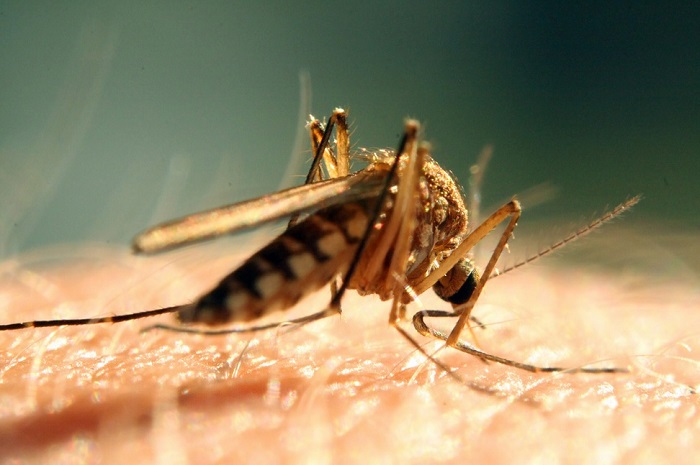ANTARCTICA
A fossilized penguin that lived 35 million years ago has been found in Antarctica. The specimen stands 1.70 meters tall and is nearly complete.
ARGENTINA
Researchers at Argentina’s Leloir Institute have identified a group of genes which adjust the biological clock of plants according to environmental changes. The discovery was made in the model species Arabidopsis tahaliana using a technique that allows for the simultaneous analysis of the expression of thousands of genes. The scientists hope to extrapolate the results to agricultural applications and improve yields.

The National University of Córdoba has developed a hepatitis B vaccine for persons at risk of contracting the disease or whose vaccination is incomplete.
Milstein Center scientists have developed a kit for the detection of Chagas disease in newborns that could be available in 2015. It involves a procedure that detects the Trypanosoma cruzi parasite DNA through a blood sample. The novelty of the technique is that it has the capacity to identify single parasite DNA and amplify.
BRAZIL
The Brazilian who invented the lightbulb without electricity.
A mathematical model is being used to predict where murders will occur as Brazil grows.
CHILE
Archaeologists have found traces of human settlements nearly 13,000 years old in the Atacama desert. The discovery was made in Iquique and has knives and projectiles among the more than 1,000 thousand artifacts found.
COLOMBIA
Researchers from two universities in Medellin have developed cranial implants using software that reconstructs 3D CT images from patients. The technique is called Smartbone and has already been authorized by the National Institute of Food and Drug Monitoring (INVIMA) to market its implants.
CUBA
Cuba’s Institute of Anthropology has conducted a census that has revealed archaeological evidence of the presence of humans on the island between 8,000 and 10,000 years ago. The project will culminate in 2014 and will include the publication of “Aboriginal Archaeological Atlas of Cuba.”
LATIN AMERICA
With 1.4 million cases, 2013 was an epidemic year for dengue fever in Latin America.
MEXICO
Mexican scientists have developed a scaffolding made of chitin for tissue regeneration.
A scientist from UNAM in collaboration with American colleagues has developed a system called SIMCAP-Bios for the measurement of biosignals. Adapted to an electron microscope, it allows scientists to observe cells and measure their electrical activity.
PERU
The Peruvian mathematician Harald Andrés Helfgott has succeeded in proving Goldbach’s weak conjecture, a number theory that has remained unsolved for 271 years. This conjecture states that ‘every odd number greater than 5 can be expressed as the sum of three primes,’ e.g. 3+2+2=7, 3+3+3=9, etc.. Thanks to his workn the mathematical conjecture is now a theorem.
